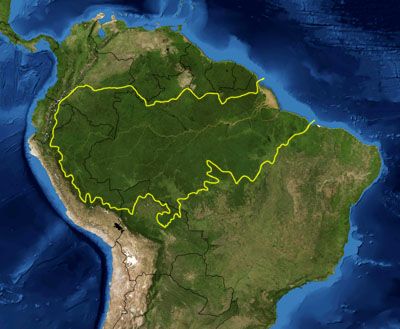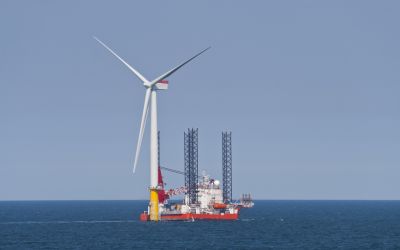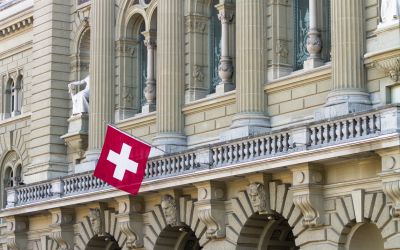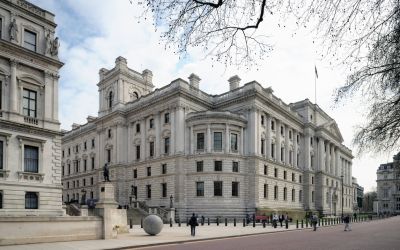150 million hectares of lost forests to be restored in bold 2020 vision.
Last week, ministers in Bonn pledged to restore 150 million hectares of degraded forest and land by 2020 which could be worth $85 billion to the global economy.

Last week, ministers in Bonn pledged to restore 150 million hectares of degraded forest and land by 2020 which could be worth $85 billion to the global economy.
The WWF has recently reported that an expedition to the forestry ravaged Matto Grosso region of Brazil has led to many new discoveries, including a new species of Titi monkey. The value of rainforests is not a new topic. The value of biodiversity in areas like the Amazon is clear. Medicines, CO2 sequestration, biodiversity, soil erosion and environmental tourism are all excellent reasons to keep them in place, but it is important to drill home that new species are being found constantly in these regions. Biodiversity hotspots like the Amazon and the New Guinea forests have completely undescribed regions to science and could disappear before we have the chance to truly understand their worth.
The ministers in Bonn are discussing what steps can be taken to restore the forests, which comes at a time when a report suggests up to 2 billion hectares of degraded land is still able to be restored. The next step is to look at the problem on a country by country basis and decide what steps best fit each country. Rwanda for example pledged earlier this year to achieve a country-wide reversal of the current degradation of soil, water, land and forest resources by 2035. It is announcements like these which encourage other countries to take similar steps.






_400_250_80_s_c1.jpg)